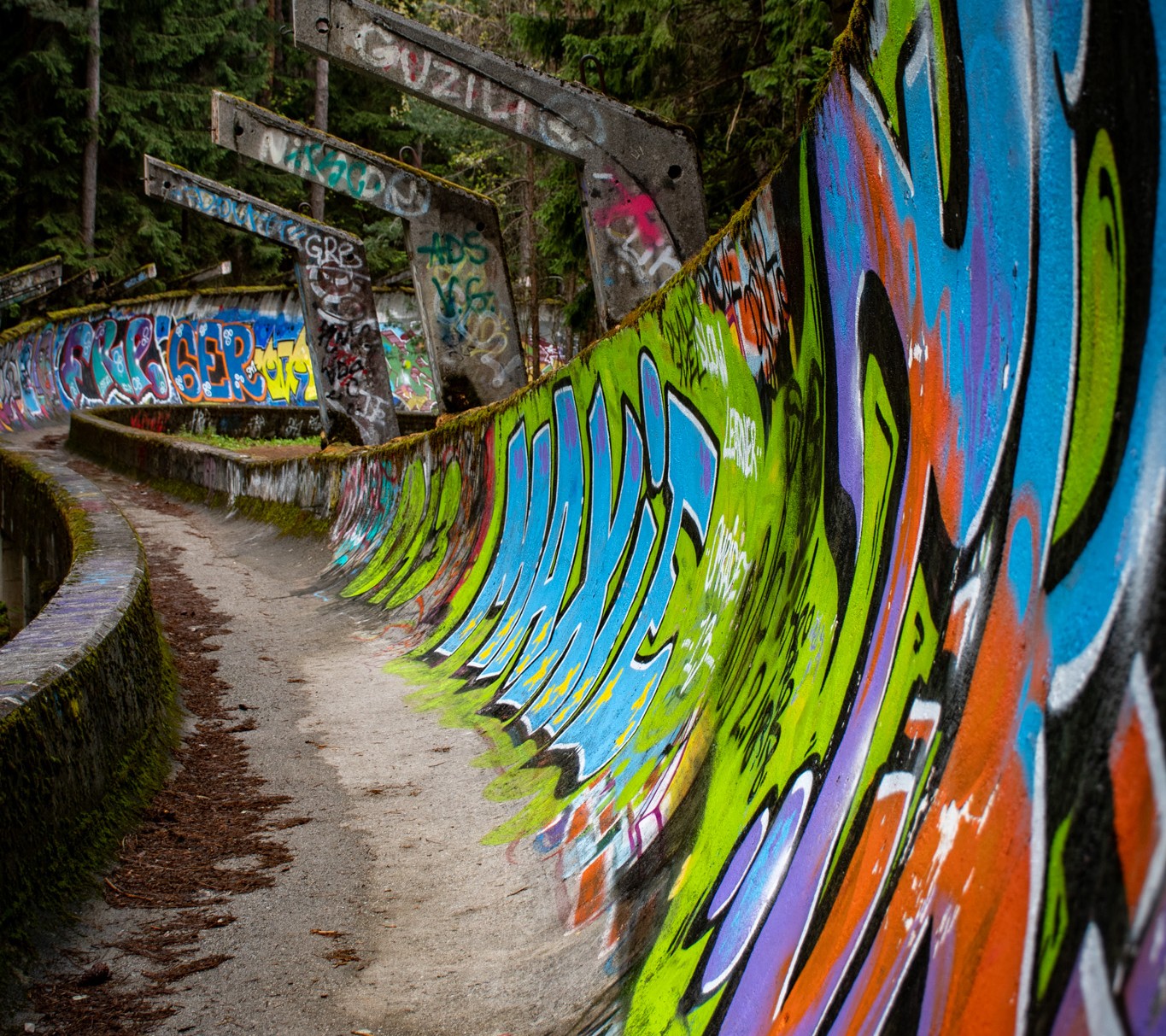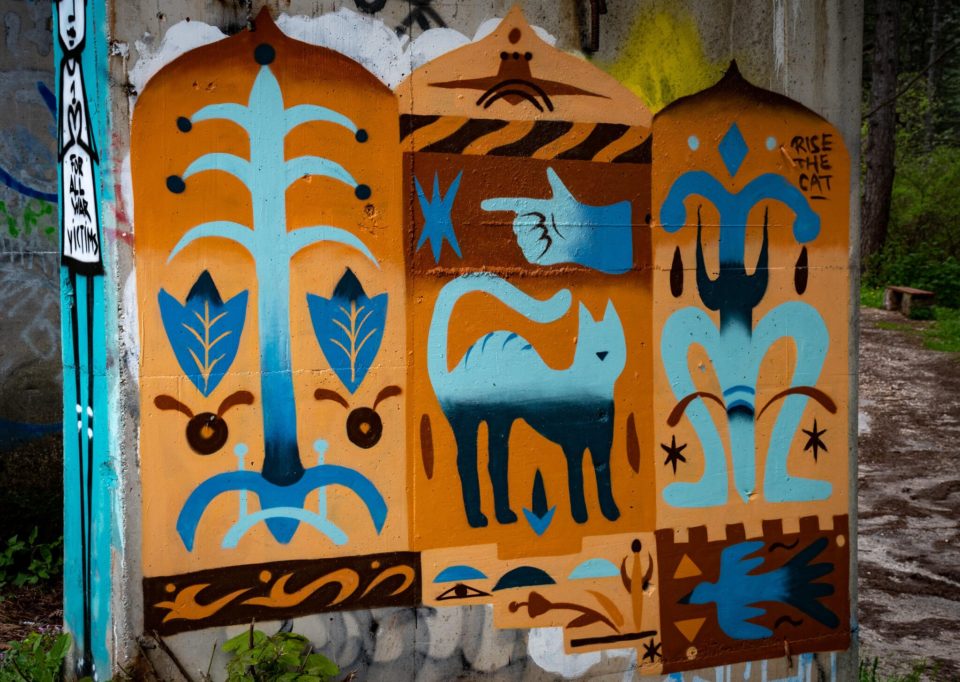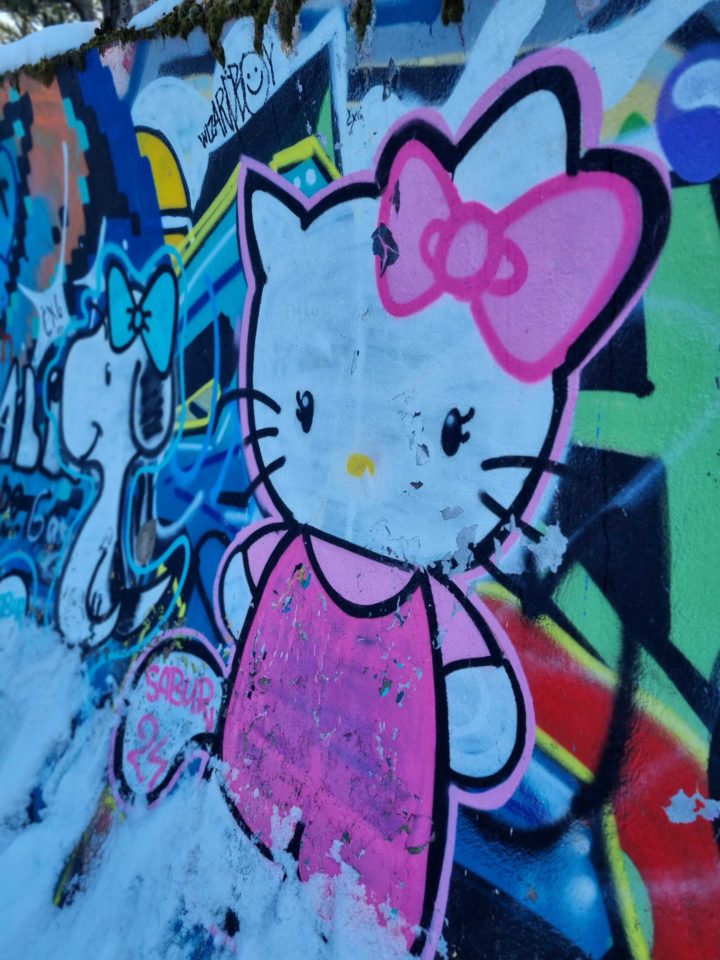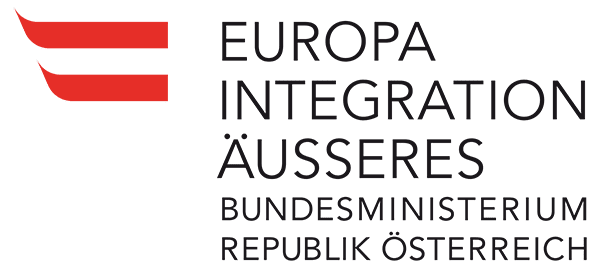
The Olympic bobsled and luge track on Mount Trebević was once the most modern in the world—an example of a fast but safe track built on steep terrain.
However, the track was destroyed during the siege of Sarajevo and has not been rebuilt. Today, it is a site for graffiti, cycling, skateboarding, and more, and attracts nature lovers and historians alike with its strong reminders of Olympic Sarajevo. Renovating the track would have many benefits, the primary one being the promotion of sports and Olympic values among young people.
The Sarajevo Canton Government has announced the restoration of the bobsled and luge track on Trebević as a public interest project and appointed a team to create a revitalization and reconstruction plan for the track.
Steep, Fast, and Safe
Following a 1980 decision, the bobsled track on Mount Trebević was built in 1982 for the 1984 Winter Olympics. The construction was entrusted to Professor Gorazd Bučar, who, together with a team of architects, created the Olympic masterpiece that would set the standard for the construction of bobsled tracks worldwide.

Designed for both bobsled and luge, the trail starts at 1,108 meters above sea level and finishes at 982, with a length of 1,570 meters. The construction of the track cost seven million dollars, making it the most expensive facility built for the 1984 Olympic Games. In addition to being the most challenging to construct, the bobsled track was one of the steepest and fastest in the world—but also one of the safest.
According to available data, the competitions held on the Trebević track during the 1984 Olympic Games were watched by 20,000 people, while the bobsled races were watched by around 30,000 spectators.
During the war in Bosnia and Herzegovina, Sarajevo endured the longest siege in modern history. Sarajevans experienced terror, shelling, and sniping, while many structures and facilities were damaged and destroyed, including the Olympic track on Trebević. The track’s renovation has yet to take place, despite existing initiatives, resolutions, and professional teams. These teams still need to develop a revitalization plan and secure financial resources. According to unofficial estimates, the renovation could cost around 25 million Bosnian marks, or 12.5 million euros.

Numerous Benefits of Renovation
The Sledding Association of the Federation of Bosnia and Herzegovina has continuously emphasized the multifaceted importance of renovating the Olympic track on Mount Trebević. In addition to primary benefits like athletic development and the promotion of Olympic values in young people, the project’s financial profitability is undeniable.
Representatives of the Sledding Association are also part of the team appointed by the Sarajevo Canton Government to draft the revitalization and reconstruction plan for the Trebević bobsled track.
Sarajevo Canton officials previously announced the renovation of the track as a public interest project, the importance of which is heightened by the potential joint candidacy of Barcelona and Sarajevo to host the 2030 Winter Olympics. As a condition, the bobsled track must be renovated and used for international competitions in all winter Olympic disciplines for which it is eligible.
The Trebević bobsled track is one of just 17 of its kind in the world. Its restoration is a priority because of its enormous potential to contribute to the future socio-economic and sustainable development of the canton. With its renovation, Sarajevo will become an even more attractive destination for winter sports, tourism, and recreation.
_______________






